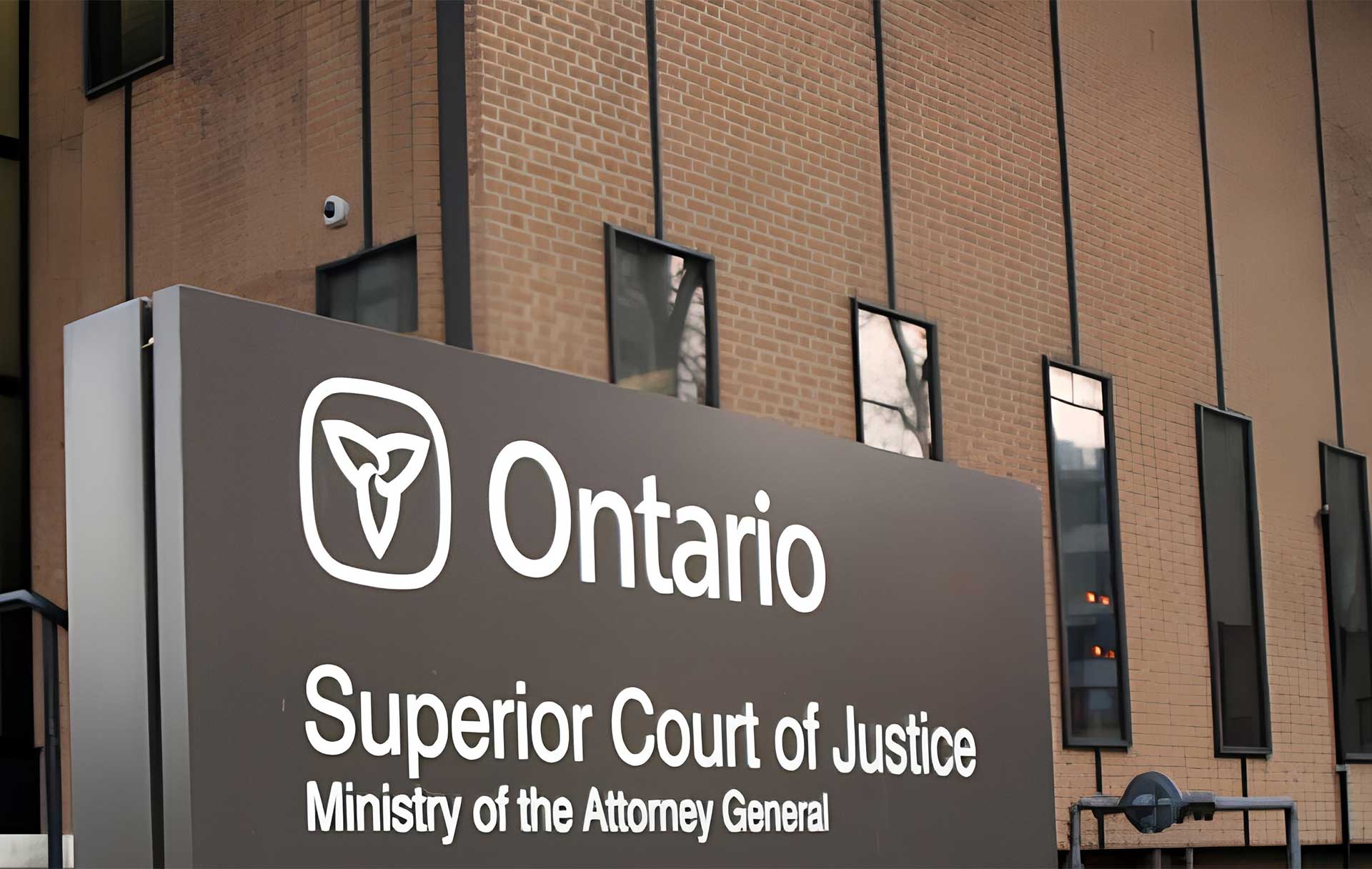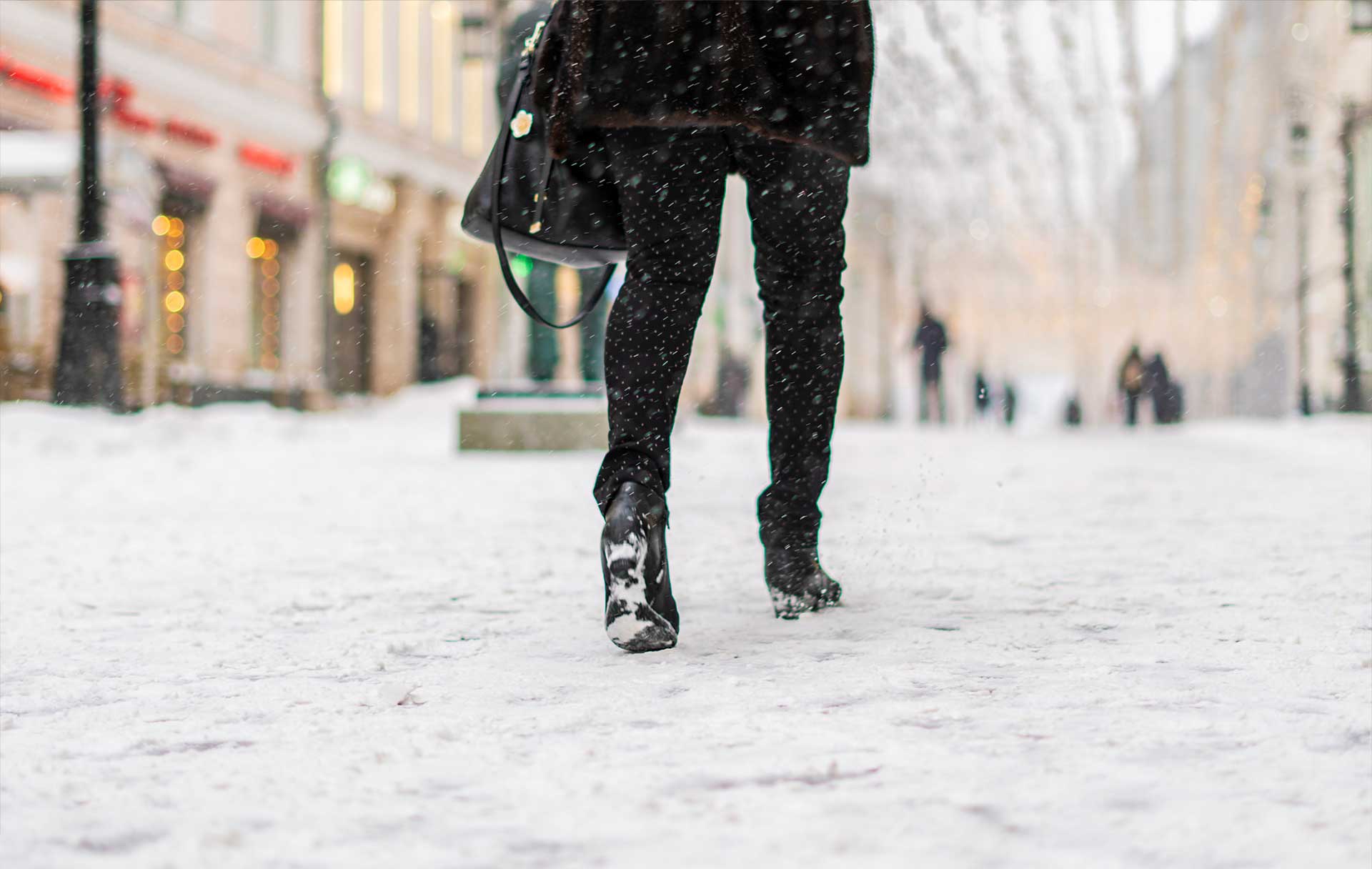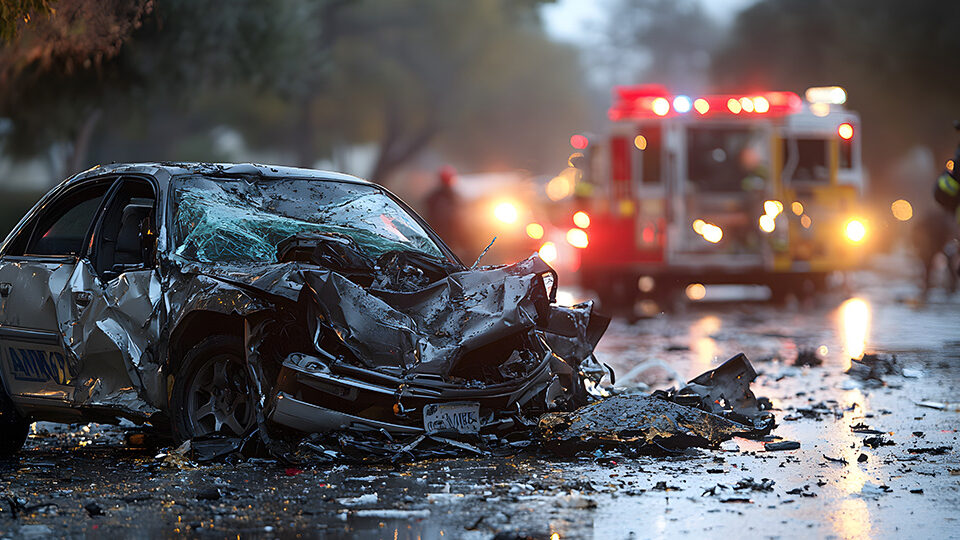In short:
- The plaintiff slipped and fell during a winter weather event on the crosswalk at the New Sudbury Centre entrance.
- The injured person sued the owner of the mall where she suffered her injuries and the companies entrusted with its maintenance for damages under the Occupiers’ Liability Act.
- The Ontario Superior Court awarded the plaintiff $65,000 in damages, along with interest and $116,929.07 in costs.
If your slip-and-fall injury was caused by unsafe site conditions, then you may have a valid personal injury claim against the owner or the property manager under the Occupiers’ Liability Act. In such a case, you will have to prove that the defendants were negligent in their duty to maintain reasonable standards of safety on their premises. An experienced personal injury lawyer can help you build a strong case in support of your claim. Such was the case recently in a personal injury claim from a slip-and-fall injury that happened at the entrance of a shopping mall.
What constitutes an Occupiers’ Liability claim?
Under the Occupiers’ Liability Act in Ontario, you can claim personal injury damages not just in the case of accidents. If an assault were to happen on the premises due to a security failure, this too may fall under the Occupiers’ Liability Act. Some of the common examples of Occupiers’ Liability cases are:
- Assaults or injuries resulting from inadequate security measures at the site or from an unrestrained pet.
- Slip and fall injuries caused by poor maintenance or a lack of signage warning the visitors.
- A falling object at an unsafe construction site causing injury to the victim.
- An accident in the poorly maintained recreational facilities, such as a garden, playground, or swimming pool.
- Delayed repairs on a stairwell or an elevator causing the injury to visitors.
Who meets the definition of an Occupier under the Occupiers’ Liability Act?
The Act stipulates that in the event of an accident or injury due to negligence, the following persons can be held liable:
- The owner of the property.
Examples: Business owners, municipalities, landlords, and homeowners.
- Those who are responsible for the maintenance or the condition of the property.
Examples: Tenants, store managers, leaseholders, property managers, and property management or maintenance companies.
What is the background of the Ontario Superior Court slip-and-fall case?
The background of the personal injury lawsuit, Ranger v. Triovest Realty Advisors, 2024 ONSC 6593, in the Ontario Superior Court of Justice is as follows. The plaintiff attended a winter weather event at the New Sudbury Centre on January 29, 2013. There, she slipped and fell near the entrance to Walmart, sustaining injuries. Subsequently, she filed a personal injury claim under the Occupiers’ Liability Act for damages. The mall owner, the property management company, and the company responsible for the snow removal in the mall exterior were all identified as the responsible parties in the claim.
While the parties did acknowledge the victim’s injuries and her claim for damages, there was no agreement on the proportionate liability in this case between the parties. This prompted the plaintiff to file the lawsuit for damages, along with interest, and a payment to cover costs against the defendants.

What is the principle of proportionate liability in personal injury cases?
The principle of proportionate liability means that when multiple parties have contributed to the cause of an accident, the liability for damages can be proportionately divided among them. For example, you might be found partially responsible for the car accident caused by the negligence of the driver of the other vehicle. The court will quantify the proportionality of the liability in such a case and reduce your compensation accordingly. So, if the court finds that you contributed at least 30% to the cause of the accident, then you will still be eligible for 70% of the claimed compensation.
In the case in question, the defendants were questioning whether they were 100% liable for the damages for the plaintiff’s injuries. This means that the defendants were holding the plaintiff partially responsible for not taking necessary precautions while traversing the crosswalk during a snowy winter.
The Ontario Superior Court holds the defendants liable.
The Ontario Superior Court disagreed with the defendants and ruled in favour of the plaintiff. The court made the following observations in the final order.
- The defendants are 100% liable for the damages from the slip-and-fall injury that happened on their premises.
- The defendants must pay the plaintiff $65,000 in damages, along with interest, and $116,929.07 towards costs.
- The prejudgment interest was fixed at $12,976.20. The postjudgment interest was fixed at $12.47 per day, calculated at the rate of 7% per year starting from May 2, 2024, to the date of final settlement.
How can our personal injury lawyers help you in such cases?
This personal injury case clearly demonstrates the importance of clearly identifying the liable parties and meeting the burden of proof in Occupiers’ Liability claims. If you are planning to file an Occupiers’ Liability claim, you need to get tailored guidance from our personal injury lawyers to protect your rights and secure maximum compensation. At Nanda and Associate Lawyers, our legal team offers a No Win, No Fee policy so that you can focus on your recovery without worrying about the legal expenses. We will fight for your rights and ensure that you receive the compensation you deserve. Reach out to us at 905-405-0199 for a free consultation today.
Read: Legal Disclaimer








